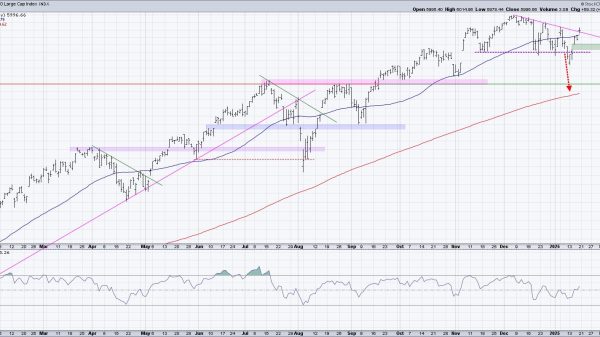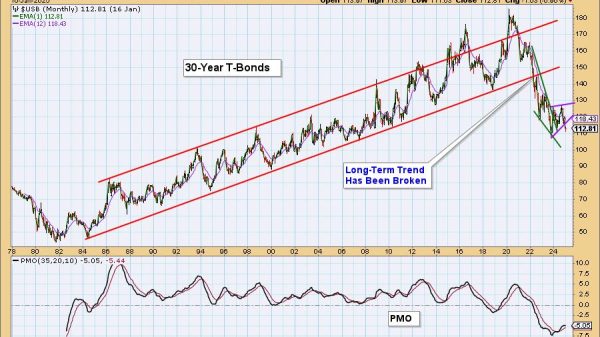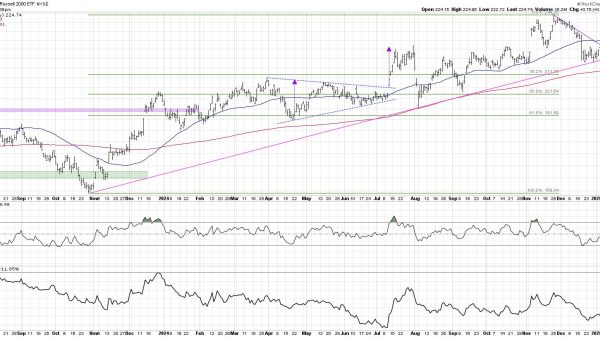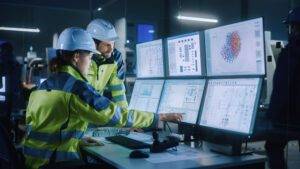In the realm of business and industry, precision is paramount. Whether it’s ensuring product quality, complying with regulatory standards, or optimising processes for cost-effectiveness, accuracy is the linchpin of success.
For decades, titration, a precise laboratory technique for chemical analysis, has played a crucial role in these areas. But the future of titration holds more than just traditional methods; it’s a realm where automation and artificial intelligence (AI) converge to revolutionise the way businesses operate.
In this fascinating exploration, we’ll be diving into the exciting frontier of titration’s future, exploring how automation and AI integration are reshaping businesses in the United Kingdom and beyond!
The Timeless Value Of Titration
Titration has been an essential tool in various industries for over a century. Its ability to measure the concentration of a specific substance in a sample with high precision has made it indispensable in fields such as pharmaceuticals, food and beverage, water quality monitoring, and manufacturing.
Here’s a quick refresher on how titration works: A known volume and concentration of a reagent, (called the titrant) is added to the sample. The reaction is carefully monitored until a specific endpoint is reached. This endpoint is usually indicated by a colour change or a change in pH. By measuring the volume of titrant required to reach this endpoint, the concentration of the target substance can be calculated accurately.
While the fundamentals of titration have remained consistent, the tools and techniques used in this field are rapidly evolving, ushering in a new era of precision and efficiency.
Automation: Enhancing Precision And Efficiency
Automation in titration refers to the use of machines and computer-controlled systems to carry out titration processes. This automation brings several advantages to businesses:
Enhanced Precision: Automated titration systems – such as a number of these cutting-edge Metrohm titrators – can carry out repetitive tasks with unwavering precision, minimising the risk of human error. This is particularly crucial in industries where minute variations in measurements can have significant consequences.
Time Efficiency: Automation speeds up the titration process. What might take hours manually can be completed in a fraction of the time using automated systems. This not only improves productivity but also allows businesses to respond more rapidly to quality control needs.
Reduced Labour Costs: As automation takes over repetitive tasks, businesses can optimise their human resources for more value-added activities, reducing labour costs while improving overall accuracy.
24/7 Operation: Automated systems can operate continuously, allowing for round-the-clock monitoring and testing. This is particularly beneficial in industries like water quality monitoring, where constant vigilance is required.
Data Logging and Analysis: Automation systems can seamlessly log and store data, making it easier to track trends and identify anomalies. This data can also be integrated with broader data analytics platforms for deeper insights.
AI Integration: The Brainpower Behind Titration
While automation streamlines processes, AI integration adds the cognitive element to titration, transforming it from a manual technique to an intelligent analytical tool. Here’s how AI is poised to revolutionise titration in business:
Predictive Analysis: AI algorithms can be used analyse historical titration data to predict future trends or deviations. For instance, in chemical manufacturing, AI could anticipate when a reaction might go awry and trigger preventive measures.
Adaptive Control: AI can adjust titration parameters in real time, based on changing conditions, such as variations in sample properties. This adaptive control ensures that titration remains accurate and reliable in dynamic environments.
Self-Optimisation: AI-integrated systems could optimise titration protocols automatically, fine-tuning the process for maximum efficiency and resource utilisation. This would result in cost savings and reduced waste.
Quality Assurance: AI can act as a virtual quality control analyst, constantly monitoring data for any discrepancies or irregularities. It can even trigger alerts or shut down processes if deviations from expected results are detected.
Integration with IoT: AI-powered titration systems could be integrated with the Internet of Things (IoT) devices for remote monitoring and control. This is particularly valuable in scenarios where samples need to be tested in remote or hazardous locations.
Applications Across Industries
The fusion of automation and AI with titration has far-reaching implications across various industries:
Pharmaceuticals: AI-integrated titration can help pharmaceutical companies optimise drug formulation, ensuring precise dosages and minimising production errors. It can also aid in early detection of quality issues.
Food and Beverage: Automation and AI can enhance quality control in food and beverage production, ensuring that products meet taste and safety standards consistently. This is especially important in sectors like wine production, where flavour consistency is highly valued.
Environmental Monitoring: Water quality monitoring, a critical aspect of environmental compliance, can benefit from AI-powered titration systems. These systems can monitor multiple parameters simultaneously and quickly identify contaminants or variations in water quality.
Chemical Manufacturing: Chemical manufacturers can reduce costs and improve efficiency with AI-integrated titration. AI can optimise chemical reactions, reduce energy consumption, and minimize waste.
Energy: In the energy sector, titration plays a role in monitoring and controlling fuel quality, emissions, and the performance of energy production processes. AI can help in real-time adjustments to optimise energy production.
Healthcare: Clinical laboratories can benefit from AI-integrated titration in diagnostic testing. AI can assist in interpreting complex titration results, leading to faster and more accurate diagnoses.
The Road Ahead: Challenges And Opportunities
While the integration of automation and AI into titration holds immense promise, it also presents challenges that businesses must navigate:
Cost of Implementation: The initial cost of acquiring and integrating automated and AI-driven titration systems can be substantial. Smaller businesses may need to carefully assess the return on investment.
Skill Gap: Harnessing the full potential of AI-integrated titration requires personnel with expertise in both chemistry and AI technology. Training and skill development will be necessary.
Data Security: AI systems that collect and analyse sensitive titration data must be safeguarded against cyber threats. Ensuring data security is paramount.
Regulatory Compliance: As technology evolves, regulatory bodies may need to adapt to new processes and standards for AI-integrated titration. Businesses must stay abreast of regulatory changes.
In Conclusion: Titration’s Quantum Leap
The future of titration in business is nothing short of a quantum leap in precision and efficiency. Automation and AI integration elevate this tried-and-true analytical technique into a dynamic, intelligent force that can drive quality, innovation, and cost savings across industries.
As businesses in the United Kingdom and beyond embark on this titration journey, they will undoubtedly encounter challenges. Yet, the rewards—consistent quality, optimised processes, and data-driven decision-making—surely far outweigh the obstacles!
Read more:
The Future Of Titration In Business: Automation And AI Integration























